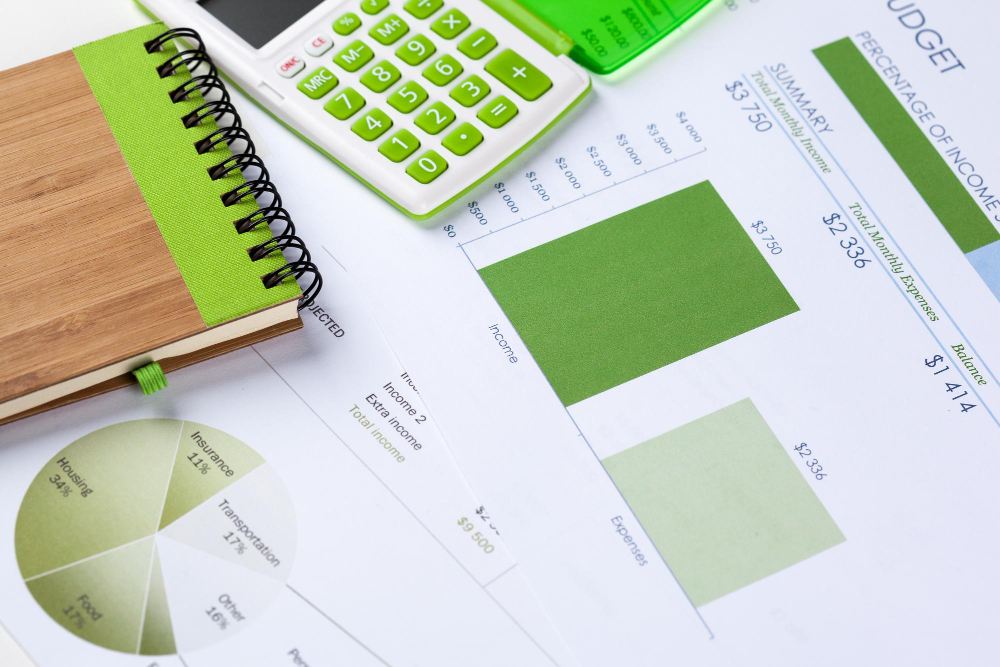Midyear Pause to Organize Your Finances!
Summer has arrived in the United States, bringing with it a key moment: the midyear checkpoint for your goals so far.
Between backyard barbecues, beach trips, and outdoor festivals, many Americans end up missing the chance to take a strategic pause to look at their finances and assess whether the goals set in January are still standing.

There’s still time to use July for the traditional summer financial checkup and turn plans into reality.
Revisit Your Goals: Do They Still Make Sense?
Go back to the goals you set at the beginning of the year—whether they were expensive or not. The most important question now is:
Does this still make sense for me?
Life changes, and plans should adapt accordingly. An unexpected job loss or a raise can shift your priorities.
The key is to be honest with yourself and set new goals based on your current reality.
Review Your Budget with a Summer Mindset
With the heat in full swing, temptations grow: more outings, short trips, and higher spending on leisure.
And it’s totally fine to enjoy—that’s what summer is for. But for that very reason, now is a great time to take a close look at your budget.
Ask yourself:
- Am I spending more than I earn?
- Are there expenses I could cut without affecting my quality of life?
- How much am I managing to save each month?
- Is there any category that has gotten “out of control”?
Redirect Small Excesses
That daily Starbucks coffee? The multiple Uber Eats deliveries every week?
These small habits may seem harmless, but they add up to a significant amount by the end of the month. Imagine redirecting just a portion of those expenses into a savings or investment account.
For example, if you save $5 per day (about the cost of a large latte), that’s around $150 by the end of the month.
In six months, that’s $900—enough for a plane ticket or a solid emergency fund contribution.
The goal isn’t to cut everything you enjoy but to consciously choose where your money goes.
Use Summer to Earn Extra Income
Summer can be a good time to find alternative sources of income, thanks to events, tourism, and market shifts.
Here are some great ideas:
- Work as a freelancer or service provider (babysitter, dog walker, gardener).
- Rent out a spare room or space on Airbnb.
- Sell used items on platforms like Facebook Marketplace or eBay.
- Do deliveries with apps like DoorDash or Instacart.
Adjust Your Course Without Guilt
If you’ve realized that you’re far from reaching what you planned in January, don’t feel guilty.
Maybe you committed to a goal that was too ambitious for your current budget.
Try being more realistic—focus on paying off half your credit card debt now and renegotiating the rest.
Instead of an international trip, how about exploring destinations within the U.S.?
If buying a home is out of reach for now, maybe it’s time to focus on strengthening your credit score and increasing your down payment savings.
Use the Calendar to Your Advantage
The second half of the year in the U.S. is packed with events that require planning: back-to-school, Halloween, Thanksgiving, Black Friday, Christmas, and New Year’s—all of which impact your wallet directly.
By doing your financial checkup now, you get ahead. You’ll still have time to save for holiday gifts, take advantage of Black Friday deals, and avoid end-of-year debt.
Don’t Forget Your Dreams
Finally, don’t turn your budget into a prison. The goal isn’t to cut everything—it’s to create space for what really matters.
After all, money is a tool—not the end goal.
Reviewing your budget is, above all, an exercise in freedom: you choose, more consciously, where you want to go and how you want to live.
Want to take a road trip through national parks? Spend more time with family? Learn something new? Start a small business?



